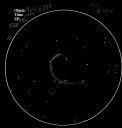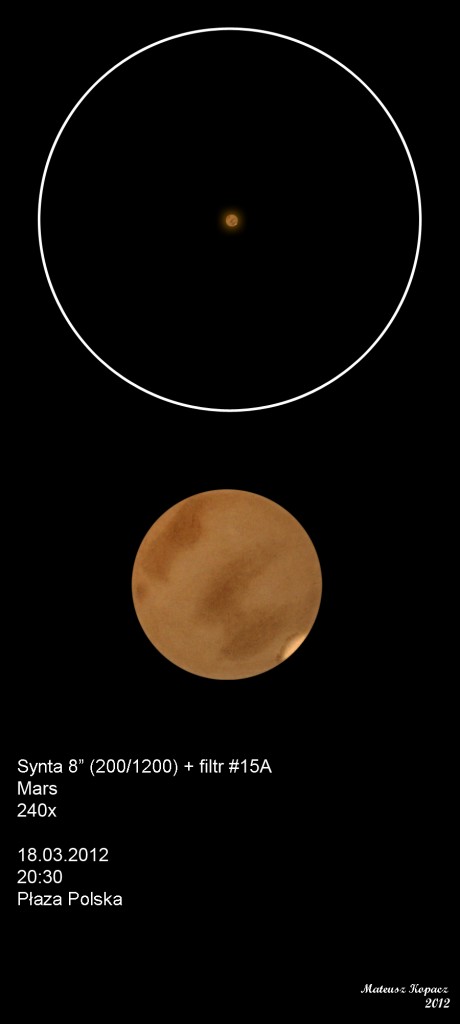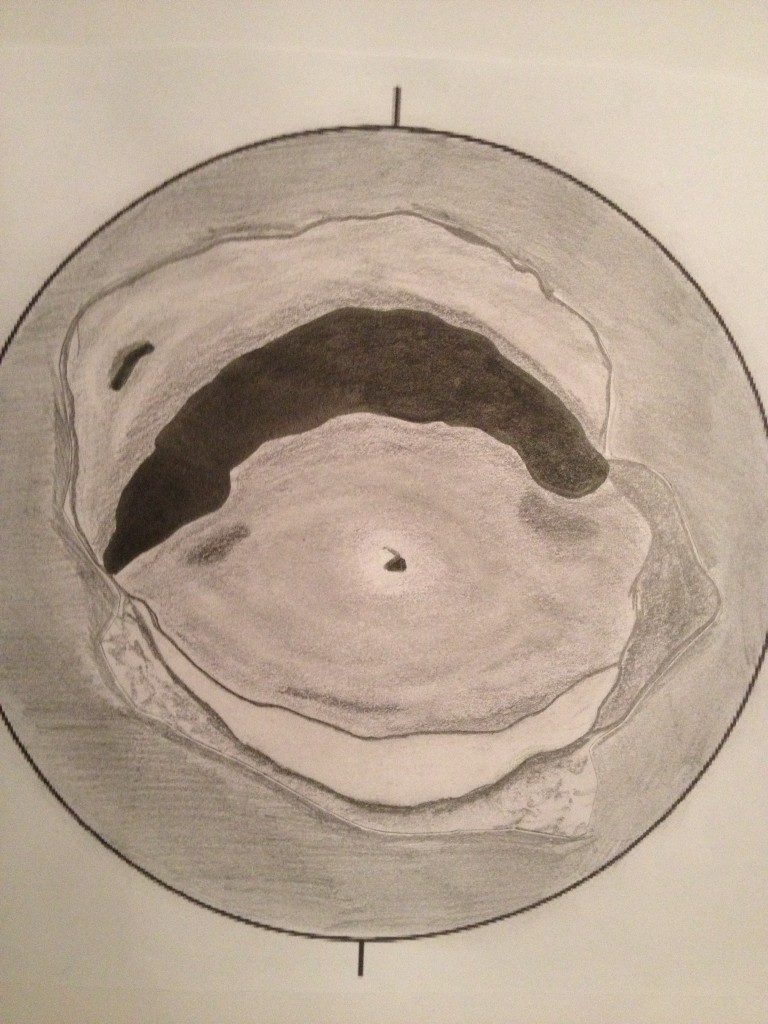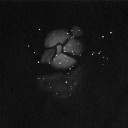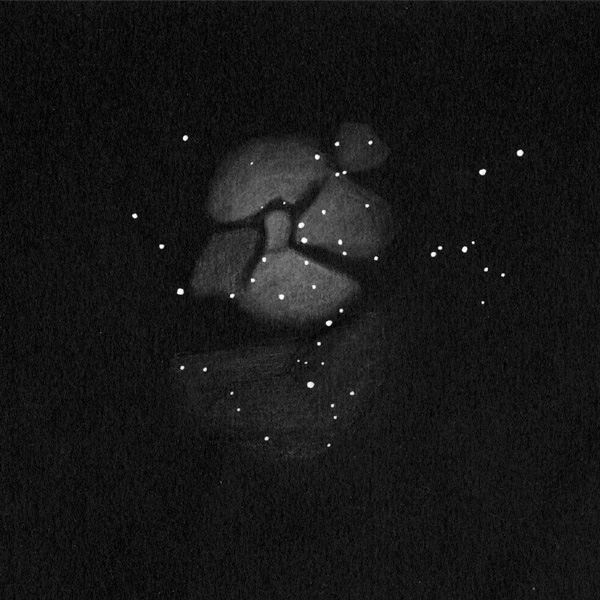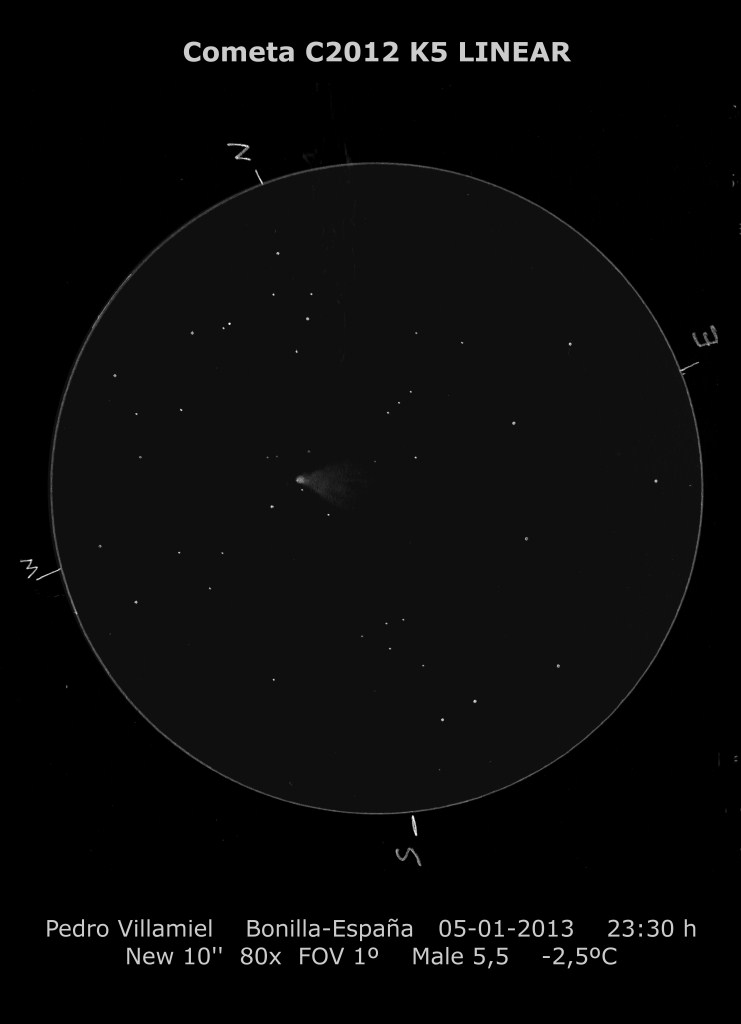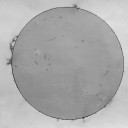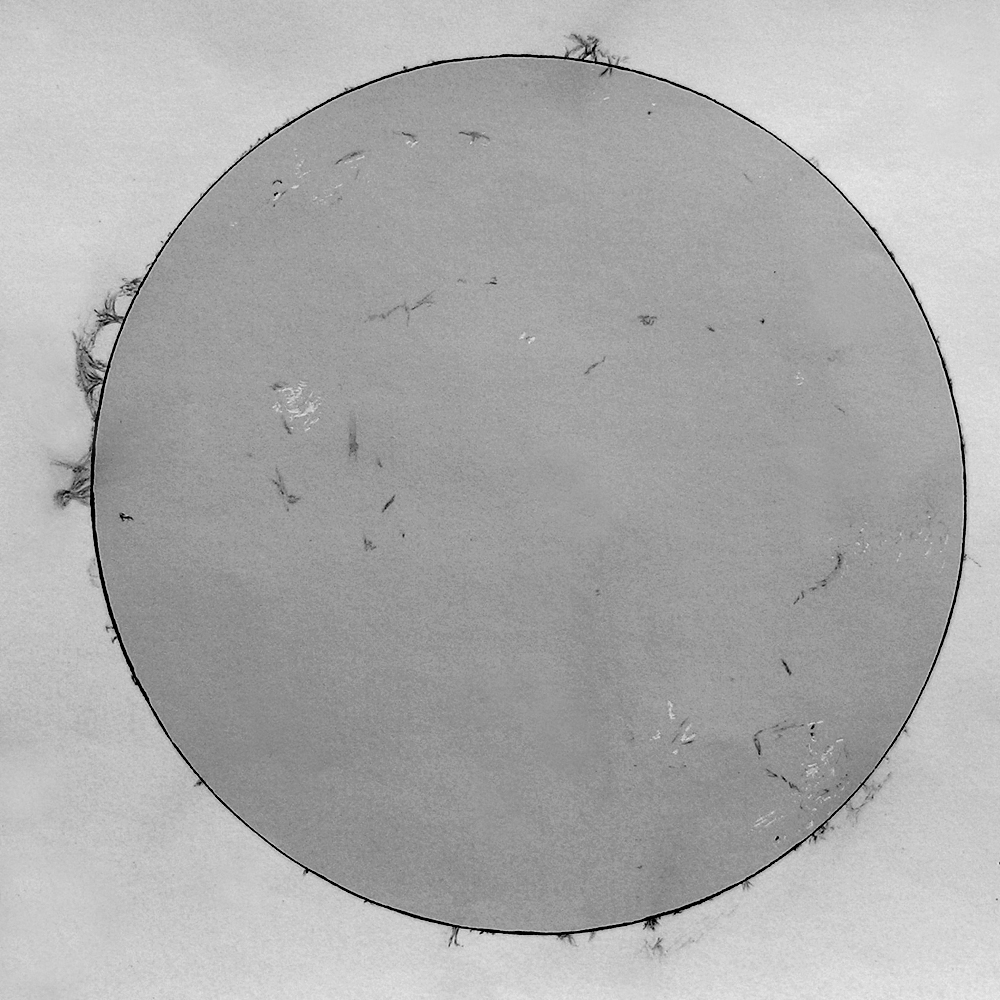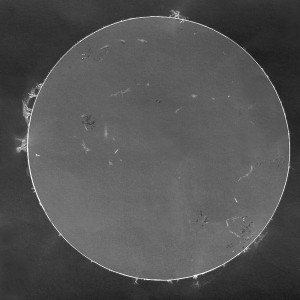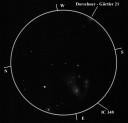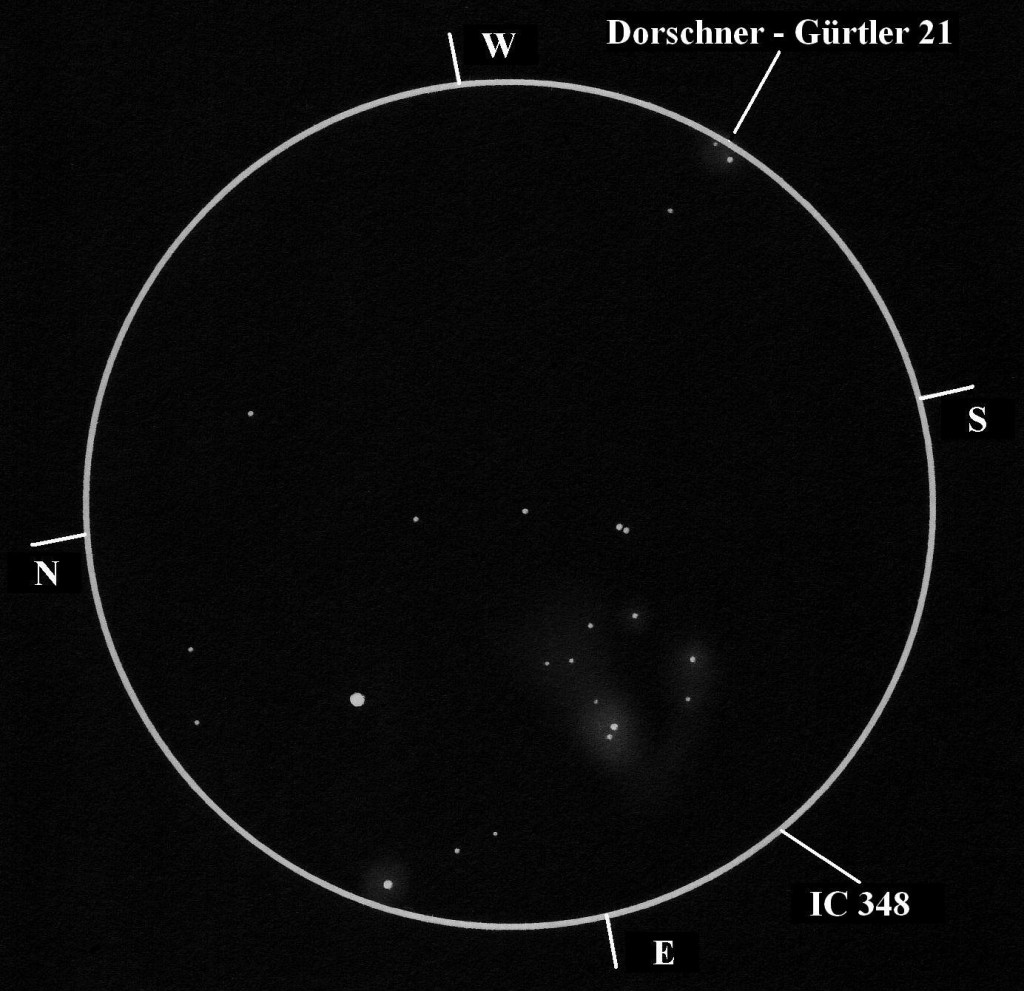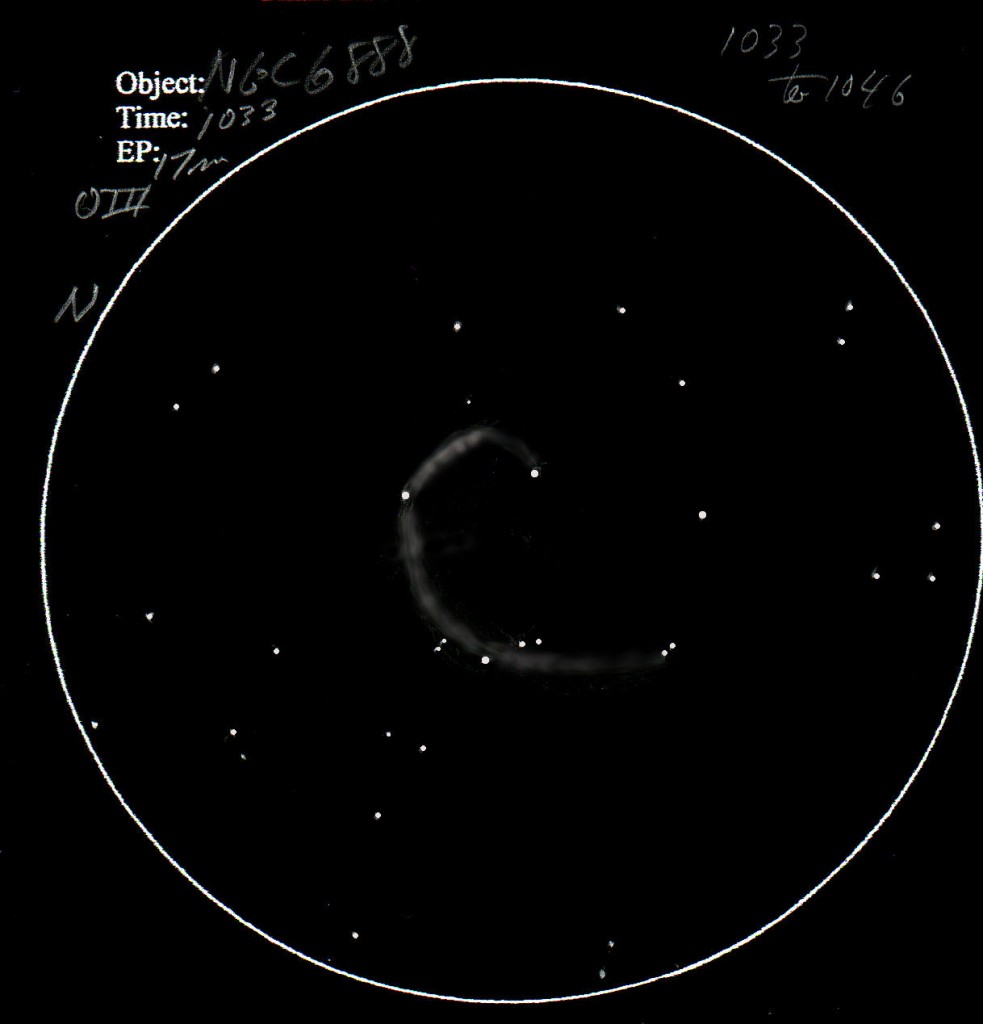
Object: NGC 6888 “The Crescent Nebula”
Object Type: Diffuse Nebula
Location: Orleans, Ont., Canada
Date: September 10 and 11
Media: graphite on white bond paper
I like hunting for challenging deep sky objects. Unfortunately, my backyard observing site is very light polluted so faint objects with low surface brightness are difficult at best. My log book is full of notes “failed to see Crescent Nebula”. But on the night of September 10, I did manage it to see it using my 12″ Skywatcher dob with a 17mm Hyperion (88x) and an OIII filter. The northern part was quite clear using averted vision but the southern part was more difficult. When I viewed this object again the following night (Sept 11) using higher magnification (115x) I was able to complete the crescent. A few nights later I was at a RASC star party in Cumberland, Ont., with much darker skies and I was able to confirm my observation.
Keep look up,
Gordon
